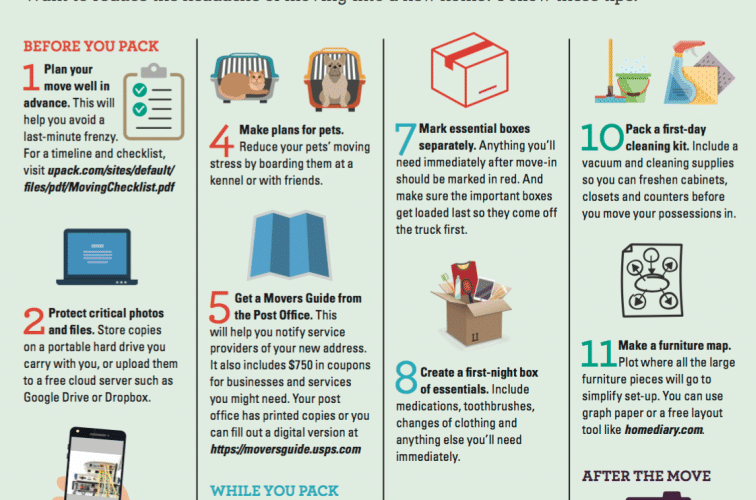Whether you’re a small mom-and-pop business or a giant global conglomerate, search is an important part of your marketing strategy. It’s essential to understand how Google search works and how you can use best practices to optimize your content.
Becoming an SEO expert requires a variety of skills. A bachelor’s degree in marketing or IT is a good starting point. Click Here to know more.

Keywords are the terms that people type into search engines to find information about a topic. They can be single words or phrases, and they are the foundation of SEO. When used correctly, keywords can drive quality traffic to a website and help it achieve higher rankings in the search engine results pages (SERPs).
The key to selecting the right keywords is knowing what your audience is searching for. This can be done by examining customer feedback, conducting market research and looking at your own online analytics. In addition, it is important to understand what types of keywords your competition is using. This will give you an idea of what they are targeting and how difficult it is to rank for these keywords.
Finding the right keywords takes time, effort and patience. The best way to do this is to use a tool like Google AdWords or Moz Keyword Tool. You can also try using a thesaurus to find synonyms that relate to your business and its offerings. These tools will allow you to find keywords that are more specific, which will make it easier for you to rank for and attract the right audiences.
When choosing keywords, it is important to choose ones that are relevant to your business and that have a high search volume and low competition. You should also consider the commercial intent of these keywords. This will ensure that you are targeting the right people and that your content is valuable to them.
Ideally, you should include your target keywords throughout the content on your website. This includes your title tags, meta descriptions, and URLs. Keywords should appear in a natural, helpful way. It is also important to include your keyword in the image alt text of your images.
When choosing keywords, you should focus on long-tail keywords, as these are more specific and will allow you to attract more targeted visitors. Short-tail keywords, on the other hand, are more general and will be harder to rank for. In addition, they may not be as effective in driving traffic to your site.
On-page optimization
In its never-ending quest to deliver the most relevant search results, Google constantly updates its algorithms. This, in turn, means that marketers must continually optimize their sites and content to keep up. This process is known as on-page optimization. Unlike off-page SEO, on-page optimization refers to factors that are within your control and can be implemented on individual pages of a website.
The most important element of on-page optimization is the content. If the content of a web page doesn’t meet users’ needs, search engines will ignore it. This is why it’s so important to follow best practices when creating content for your clients.
To do so, you need to understand how search engines work. They send out crawlers, or spiders, to explore the internet and create a map of the content they find. This process takes time, and it’s important to remember that every change to a site can affect its rankings. This makes it critical to have an on-site SEO strategy in place.
One of the most effective ways to optimize on-page content is by using keyword context. This will help Google understand the purpose of a particular page and improve its ranking. It’s also essential to use the right number of internal links. However, be careful not to add too many links, as this can hurt user experience.
Another important on-page optimization factor is title tags and meta descriptions. These are the first two pieces of information a search engine will display about your web page. They should be unique and contain your target keywords without sounding spammy or obvious. Title tags should be concise, while meta descriptions should provide a brief description of what is on the page.
A final on-page optimization tip is to check for duplicate content. Duplicate content can confuse search engines and hurt your rankings. It’s also important to make sure your site is accessible to all users. This means avoiding language that could be offensive or difficult to understand for people with disabilities.
With on-page optimization best practices, your clients’ websites will rank higher in search engines. And with tools like AgencyAnalytics, you can keep track of all the on-page optimizations your clients are making.
Backlinks
Backlinks are one of the most important factors in seo. They’re essentially votes of confidence that Google uses to determine the value of a website or web page. The more backlinks you have, the higher your page will rank on search engines. However, it’s important to know that not all backlinks are created equal. In fact, some backlinks can actually damage your seo. For example, you should avoid links that are self-promotional or are placed on unrelated websites. You should also avoid using keyword-optimized anchor text, which can look spammy to Google and may hurt your rankings.
Another important factor in backlinks is the quality of the website where they’re located. Ideally, you’ll want to build backlinks from high-quality, niche-related websites that have a similar audience to yours. This way, your backlinks will be more likely to drive targeted traffic to your site. In addition, it’s best to prioritize dofollow backlinks over nofollow ones. The reason for this is that dofollow links pass link authority to your web pages, while nofollow links don’t.
The best way to get quality backlinks is through organic means, such as guest posting on relevant blogs. However, you should make sure that the blogs you’re guest-posting on are well-established and have good DA metrics. Otherwise, you’ll be wasting your time.
In addition to being an important ranking factor, backlinks can also improve your discoverability. This is because search engines revisit and rank popular websites more frequently than unpopular ones. Therefore, if your page has many backlinks from highly-ranked websites, it will be easier for them to find it.
Aside from organic backlinks, there are other ways to get them. For example, you can use paid backlinks on high-quality content networks. However, this isn’t a long-term strategy, and you should focus on earning quality organic backlinks. In addition, you should avoid paying for backlinks from low-quality or irrelevant websites. This will not only damage your SEO, but it can also lead to a Google penalty. For this reason, it’s important to monitor your backlinks regularly. Using tools like Semrush can help you identify harmful backlinks.
Analytics
SEO analytics is a crucial part of any SEO strategy. It can help you identify key optimization opportunities, which will lead to higher search engine rankings and more organic traffic. In addition, integrating your data through a data warehouse empowers you with more insights, leading to better decision-making and improved online performance.
Metrics and KPIs are both important to track. Metrics are quantifiable values, while KPIs provide insight into your goals and progress towards those goals. For example, if your SEO goal is to improve organic traffic, you will want to track metrics like keyword ranking, organic traffic, and conversions. However, if you want to evaluate your overall SEO success, you will need to measure and monitor your metrics in combination with other data points such as customer satisfaction, revenue, and brand image.
KPIs are also useful for evaluating the effectiveness of your SEO tactics. For example, you can use an annotation feature in Google Analytics to compare the performance of a page before and after an optimization effort. This will enable you to measure the impact of a particular change on your SEO performance and identify areas for improvement.
The best way to improve your SEO is to track SEO analytics and optimize your site for the keywords that drive the most traffic. You can do this by connecting your SEO tools to your Google Analytics account. For example, you can sync your Google Analytics account with Google Search Console to analyze how search terms return pages from your website and where they rank in search results. You can also analyze behavior reports to identify pages with high exit rates and to discover what content is most popular among your audience.
To stay ahead of the competition, you need to use quantifiable metrics to estimate your authority and track your progress over time. A relatively small change can have a huge impact on your traffic, sales, and revenue. For example, if one of your pages that ranks first for the keyword “toaster ovens” drops to position three, the number of clicks on this page could drop significantly, and your revenue may decrease accordingly.





